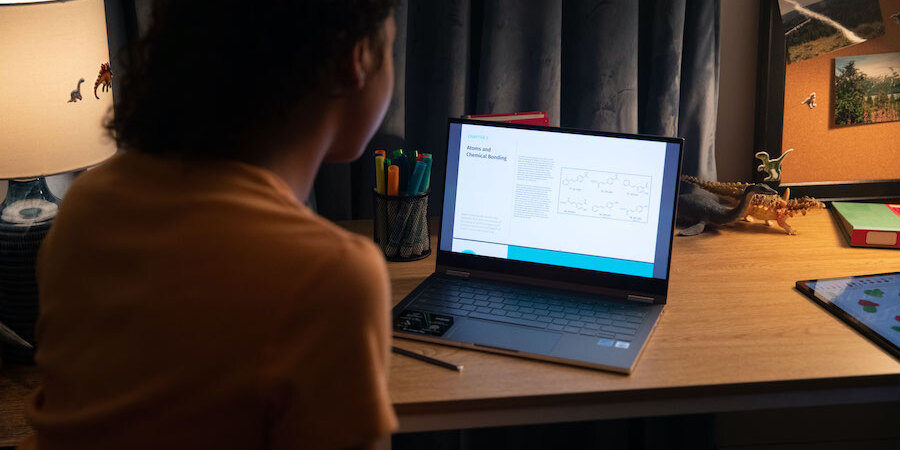As COVID-19 continues to impact K-12 districts across the country, many states are issuing new guidance about how principals and administrators should evaluate teachers in these unusual circumstances. Teachers are enduring unprecedented stress as they cope with social distancing requirements, hybrid classrooms and remote learning. Many districts have purchased new technology to enable remote learning, creating another learning curve for educators. Teachers’ unions in many states are requesting extra flexibility this year.

While it’s important for districts to be sensitive to the anxieties of this school year, teacher evaluations remain a key element of the K-12 education system. Mississippi and Illinois waived evaluation requirements this year, but most states have released guidelines for evaluations based on local factors such as whether the class is online or in person. This is not a year for stringent requirements, but it’s important to develop ways to evaluate teacher effectiveness in the new environment. As you receive state guidance and plan your teacher evaluations, here are a few considerations to keep in mind:
Communicate expectations
Be sure to communicate new expectations with teachers well in advance of their evaluation date. If possible, open up a dialogue with them to gather feedback and ideas for how to conduct effective evaluations, especially if your school is operating remotely. You could even ask teachers to set their own goals for the year, and give constructive feedback specific to those targeted growth areas.
Simplify the rubric
Many states have shortened their evaluation rubrics to be simpler and more direct. Discuss your existing rubric with teachers and administrative staff and decide what is essential. For example, you might focus on student engagement, knowledge of subject area and pedagogy, and use of interactive assessments and projects.
Minimize the impact of student outcomes
Indiana recently passed a law saying schools do not have to use state test scores as part of teacher evaluations. Other states are de-emphasizing student scores, especially on standardized tests, as indicators of teacher success.
Fund your remote learning initiative
Learn how to create, present and secure grants for your remote learning technology needs. Download Now
With so many students learning remotely or in modified classroom situations this year — after having missed at least two months of in-person school last spring — it makes sense to keep those circumstances in mind when evaluating their scores. If possible, structure your teacher evaluations this year around criteria other than student outcomes, such as a learning portfolio.
Try a portfolio approach
In most states that have reopened schools, even with a hybrid model, traditional classroom observations and teacher evaluations are moving forward. Teachers are accustomed to this method and it makes sense to keep things as normal as possible in an otherwise extraordinary year. But for districts still immersed in remote learning, arranging virtual classroom observations can be tricky — and could be intimidating for teachers.
Instead, some states and districts have moved toward a portfolio evaluation model. Teachers collect “artifacts” such as lesson plans and student assignments during a prearranged evaluation period and submit the portfolio for review. If your district takes this approach, make sure you communicate what you are looking for and set a limit on portfolio size to avoid reviews that are too time-consuming.
As your district navigates this challenging year, make every effort to support your teachers and let them know they are appreciated. Rather than a point of stress, let evaluations be a catalyst for positive growth.
Explore the breadth of Samsung’s remote learning solutions. Having trouble choosing? Here’s a rundown of how to choose between Samsung’s Chromebook offerings for students and teachers.








